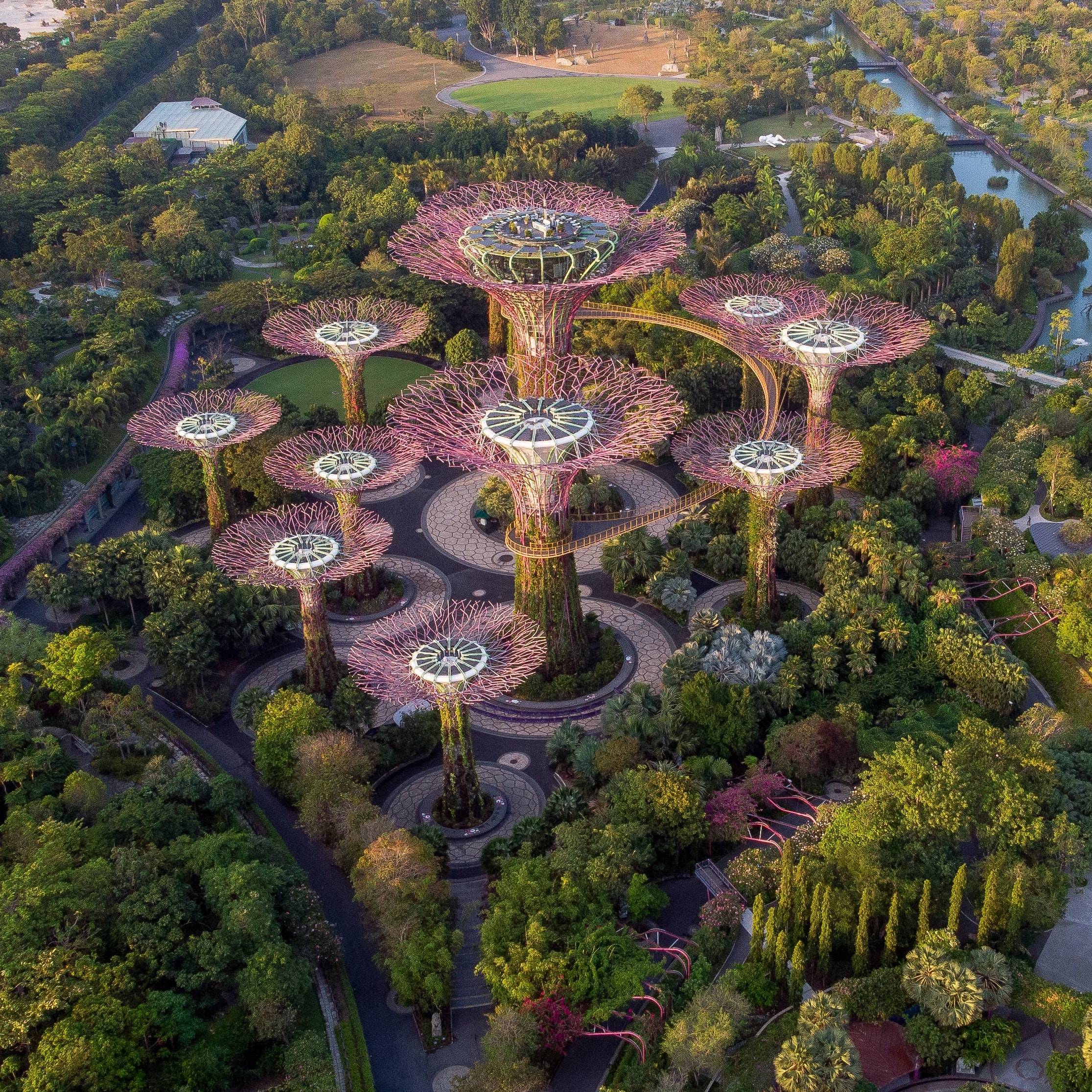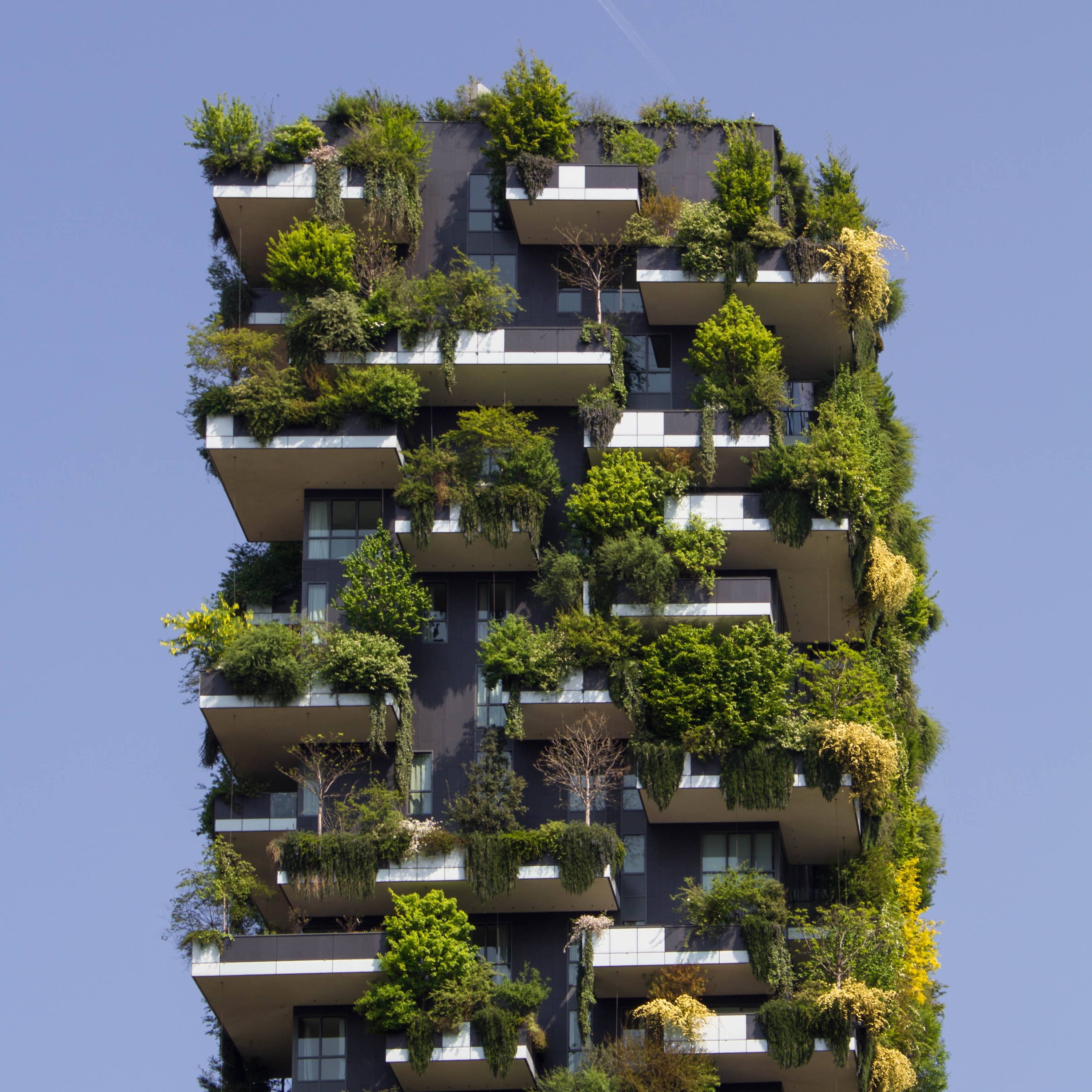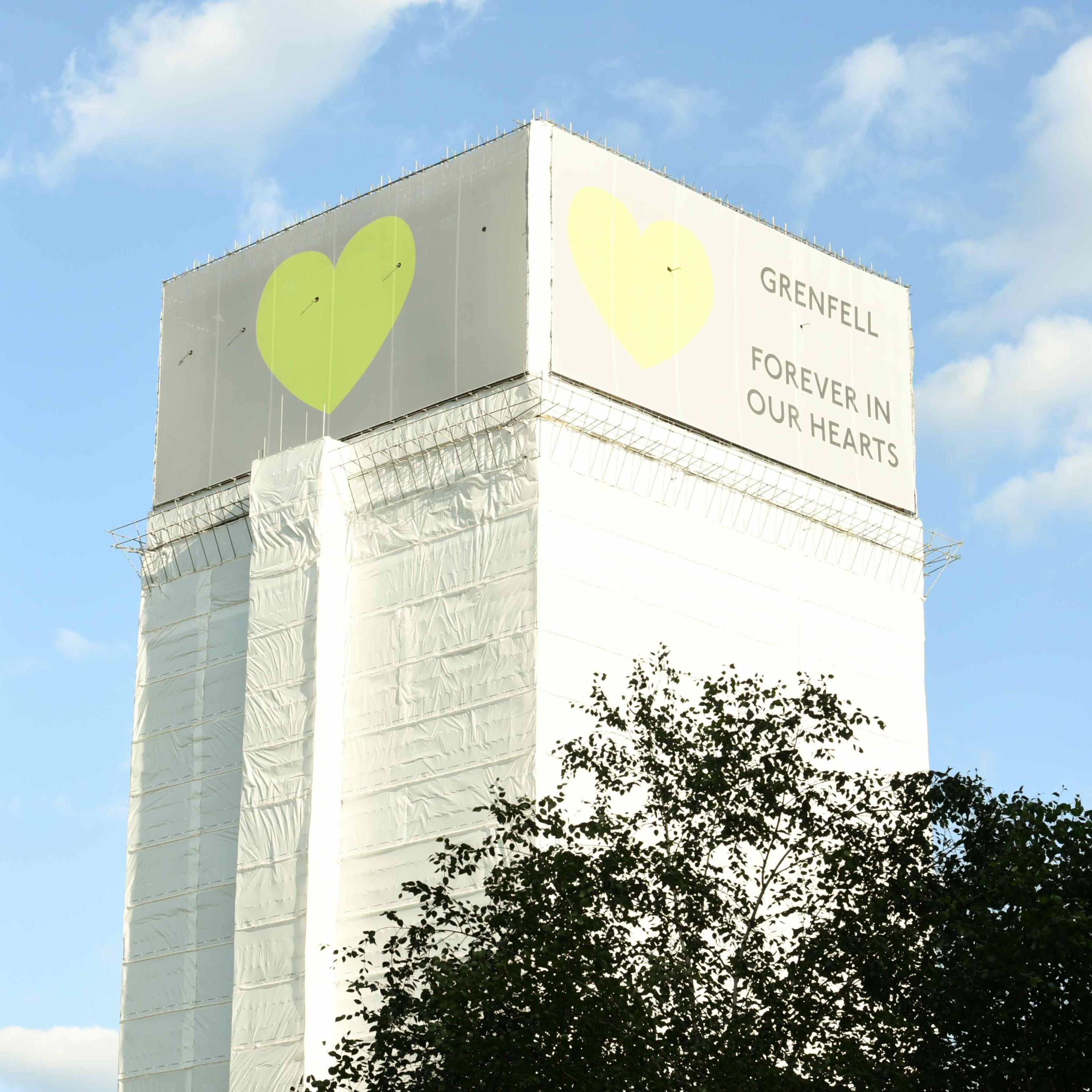
image: Shutterstock
Goal 11: Sustainable Cities and Communities
grenfell tower tribute: 'I still have survivor's guilt'
Over four years on from the Grenfell Tower fire, Emma O’Connor, who escaped from the 20th floor, explains how the tragedy changed her
By emma elms
8 DECEMBER 2021
The Grenfell Tower fire on 14th June 2017 killed 72 people, 18 of them children including a baby who died before he’d even been born. Over 200 residents escaped the blaze, one of them being Emma O’Connor, 32 and her partner, Luke. Although the cladding that caused the fire has been banned from new builds there are still half a million people in the UK living in buildings that are still clad in this lethal material. Here Emma, a survivor, talks through the emotional fallout while Grenfell United explains what needs to be done to stop this tragedy from ever happening again.
‘It was 1am when I first heard the sirens and I assumed there must be a problem at the factories nearby. But as we looked out of our flat window, we saw flames reflected in the windows of the school next door. Because of large plastic sheeting covering our window, I couldn’t really see what was happening.
We’d stayed in with a takeaway that evening and I’d wanted an early night, but Luke wasn’t tired so we ended up watching TV. If we’d been asleep when the fire broke out, things could have been very different.
I’ve always been a massive fan of the TV show London’s Burning, so for a fleeting moment I thought maybe they were secretly filming an episode of the show and hadn’t informed residents. But then a couple of minutes later, I saw another two fire engines arriving. One took a wrong turn, then rapidly reversed up our road. I knew then this was real life. Then suddenly, Luke saw a window explode from a flat on the fourth floor and I knew we had to get out fast.
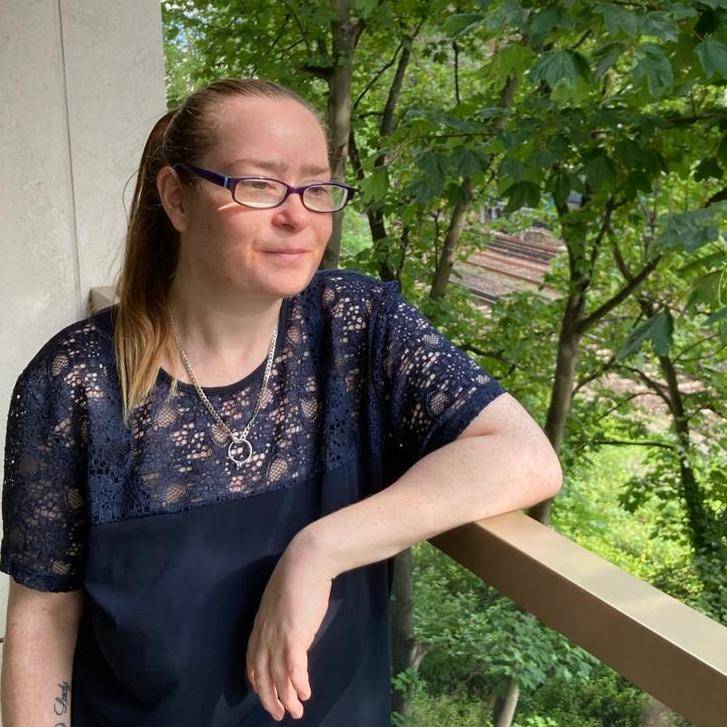
Emma O'Connor
Photograph by Emma Elms
Trying to escape
I suffer from severe arthritis and fluid on the knees, so I need crutches to walk any distance, but I left them behind in the rush, holding on to Luke. On the landing, thin wisps of grey smoke were already seeping through the air vents. I thought, ‘If the fire is down the bottom of the building, why is there smoke up here?’ I hadn’t realised how rapidly it was spreading.
I remembered a sign by the lift advising residents to ‘stay put’ in the event of fire [fairly standard advice for blocks of flats because their design should in theory prevent fire spreading outside of an individual flat]. But we ignored this, because we knew we had to get out. Taking the stairs from the 20th floor wasn’t an option for me, so we jumped into the one working lift. In the five years we’d been living there nearly every week at least one lift was broken. I feel very lucky that one was working that night.
The lift stopped on the 11th floor and two women climbed in, speaking in another language which sounded like Arabic. It stopped again on the third floor where a woman was frantically running up and down, screaming, ‘Fire!’. I’ll never forget the look on one firefighter’s face, as he dragged a hose across the corridor. You could tell he was thinking, ‘This is going to be bad.’ He was one of a crowd of firefighters preparing to go in. The fire was in a flat on the fourth floor, so the crew had gathered on the floor beneath to get their equipment ready.
My body was flooded with adrenalin – a mix of fear and a weird sense of excitement at the drama we were caught up in. When we got outside there were fire engines everywhere. People were yelling, ‘Get out! Get out!’ to those left inside. It was only then that the enormity of the situation hit me. Luke and I sat on a bench outside for a couple of minutes, staring up at the blaze in stunned silence.
Bits of debris were falling off the building, the flames climbing higher and higher. Then I turned to Luke in alarm saying, ‘We’re too close’ because I could feel the immense heat. A policeman began shouting at a woman who kept trying to get nearer the tower.
I kept thinking of my neighbours and my friend Steve on the 16th floor. We’d bonded because he’s a dog-lover like me. I was desperately hoping they’d all made it out, but I didn’t have their numbers to call them. As I saw people running from the building, I suddenly thought, “Where are all the dogs?” I hated the thought that people might have left their pets inside to die. Two years ago, we’d had a much-loved staffie, called Lady. I knew I would have taken her with me, no matter what.
I texted my mum and told her, “The building is on fire” and she sent a frantic reply, “Get out!” thinking I was still inside. She thought I’d accidentally started a fire in my own flat. Luke then called his mum and sister to reassure them we were safe.
Scenes of horror
When we saw the fire rip through the building and reach our floor – the 20th – I couldn’t bear to watch. I went into shock and didn’t even want to wait around for medical attention. My voice quivering, I looked up and said one last goodbye to the tower, then we started walking to my mum’s flat in Kensington, 20 minutes away.
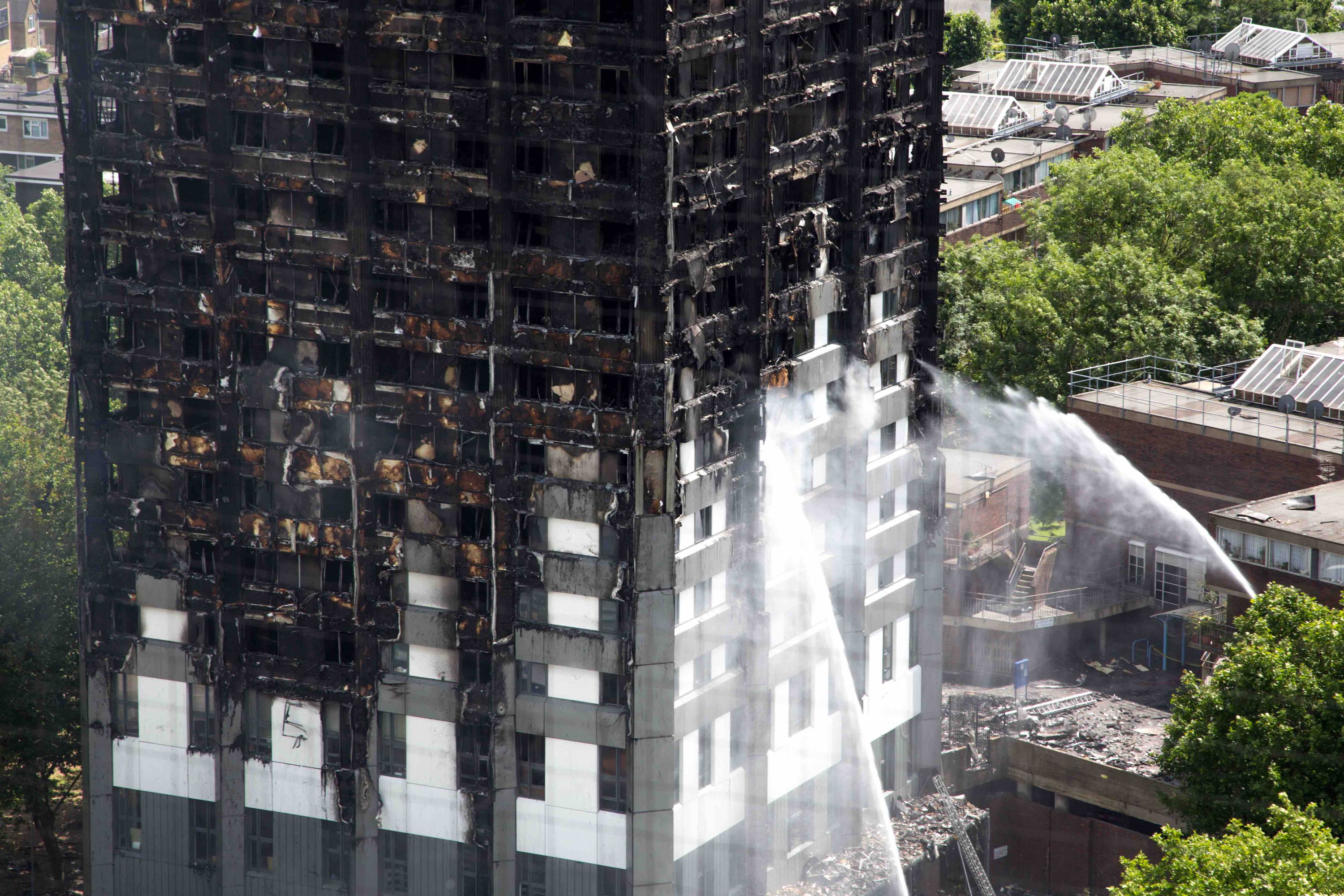
image: Shutterstock
A man from a shop handed us bottles of water and I remember feeling irrationally angry with a police helicopter that kept circling overhead. I remember thinking, ‘Why do you keep buzzing around? Do something to help!’ I later realised they were trying to get aerial footage.
At one point we stopped and sat down on a roundabout because I was struggling to walk. Looking back at the tower, it was like a horror movie.
When I finally reached my mum’s, I was too wired to sleep. She called the police on the non-urgent number to tell them we were safe, so they wouldn’t waste time checking our flat. All night, we followed the events on BBC news. We later found out that when residents rang the fire control room they were advised to “stay put” at first. It wasn’t until nearly two hours later that the incident commander gave the order that people should try to get out.
Devastating loss
At 4am I tried to sleep, but eventually at 6am I gave up and went out to a café with my mum to get breakfast. The blaze didn’t burn itself out until 1am on the Thursday, 24 hours later. Even once I’d calmed down, I barely slept for the next two days.
Police warned us that photos had been taken of our flat which might appear on TV. Our flat was the first to be shown and it was so strange to see the charred remains of our bed frame and exercise bike.
They put up pictures of the missing people on an outside wall and when I saw our friend Steve’s photo there, I felt sick. When the news emerged that 70 people had died, including Steve, I was devastated. Two more people died of complications later on.
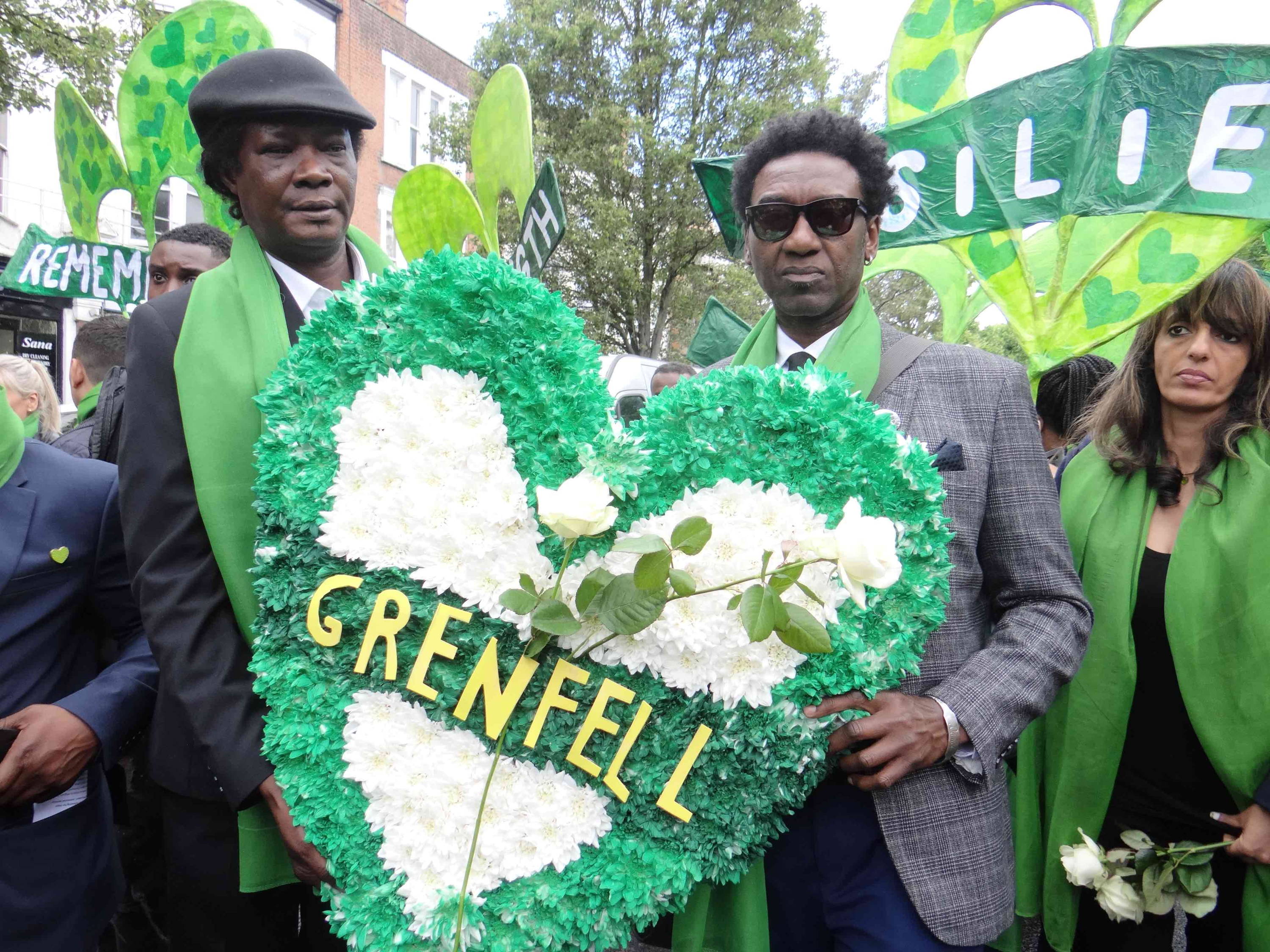
I struggled with survivor’s guilt – and still do, more than four years on. Straight after, I even felt guilty over insignificant things like Luke’s brother having to buy me underwear, because we literally had nothing. He set up a page on Facebook for friends and family to raise money for us to buy new clothes. We’d lost everything in the fire, but I didn’t care about that. It seemed irrelevant given the scale of the tragedy. The only things I was upset about losing were my dog Lady’s ashes and the photos of both my grandfathers, as we didn’t have any others.
Post-traumatic stress
Looking back, I was in denial at first. I didn’t realise how traumatised I was until a few weeks after the fire when we were waiting for a bus and suddenly a fire engine went past. It triggered my first panic attack and since then, the attacks have got worse and worse, mostly triggered by the sound of a fire engine. My heart starts pounding and I feel pure fear. Six months after the fire, I started to realise I had Post-Traumatic Stress Disorder (PTSD), then later it was officially diagnosed. I got to know many of the local firemen who’d been involved in Grenfell. One told me that he had PTSD, and as he described his symptoms – flashbacks, anxiety – I realised it was the same for me.
I was offered counselling via the NHS but after three sessions my counsellor went on maternity leave. I didn’t want to start with someone new, as I’m not good with change, so I didn’t get any more psychological help until two years later. Having weekly art therapy has really helped me. I draw and use photography, then only for 10 minutes at the end do we talk about my feelings. Once I drew the fire door on the roof of Grenfell Tower – I even added the padlock that was always there, which still makes me furious.
Some people have criticised the fire response team, but I feel nothing but gratitude towards them. They saved 65 people from Grenfell that night. I do get angry when I think of the £29 million cuts that Boris Johnson made to the fire service back in 2013 when he was Mayor of London. That led to 10 fire stations being closed, meaning the fire response times in London have increased. Boris could reverse the cuts now if he wanted, but he hasn’t.
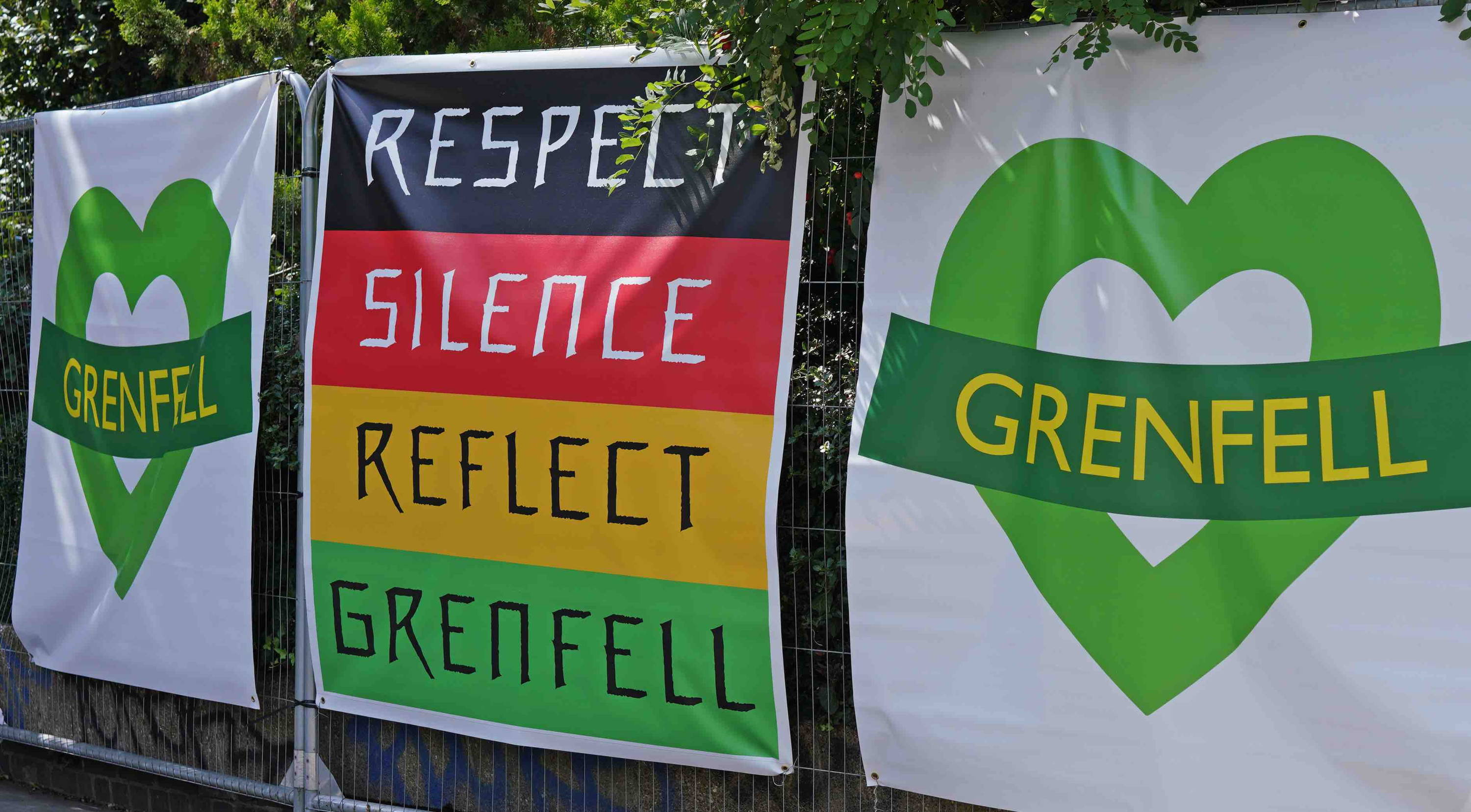
Grenfell inquiry
I gave detailed evidence to the official inquiry. It was nerve-wracking speaking in front of all those people, but I wanted to have my say. The type of cladding used on Grenfell as part of a major refurbishment in 2015 and 2016 has been officially condemned as unsafe, so it has to be removed from all other high-rise blocks by law [see below]. I’d complained to the property company before about multiple defects, like water leaks, fungi in our kitchen and regular power surges that would make our fridge freezer, microwave and internet router semi-explode then cut out. I’m fed up of their ‘tears’ over what happened – leave your job if you feel that strongly. I want someone to face criminal charges for what happened.
The inquiry found several serious failings – including the flat doors not meeting current fire resistance standards and the firefighters also having problems because there was no ‘wet riser’ at the building, a type of water pipe.
The police allowed us back inside Grenfell Tower just once to pay our respects. I wanted to have one last visit to say goodbye, but we weren’t allowed in most of the building because it’s unstable. We had to wear a special breathing mask and it was very emotional.
After the fire, the council moved us into a hotel for 11 months, but it was so stressful living there. We’ve been living in our current flat in West Kensington about 10 minutes from Grenfell Tower, for two years but we’re hoping to be moved soon to a ground or first floor flat because of my mobility issues. I’ll never live in a flat high up again.
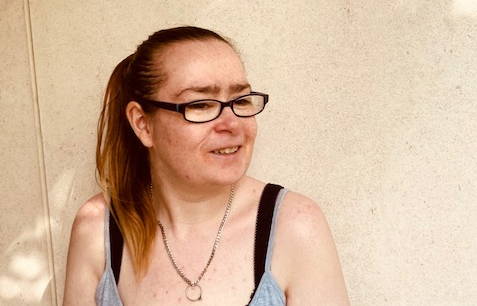
Emma O'Connor
Photograph by Emma Elms
I’ve found great comfort through the group Grenfell United. I do a weekly photography club there and have found it helpful to speak to other survivors. I really admire those strong voices campaigning via the group Justice4Grenfell too.
Luke has also been a great support – when we’re out, he’ll comfort and reassure me through my panic attacks, calming me down until they pass. Going through this together has definitely brought us closer. I know we’re in it for the long-haul now.
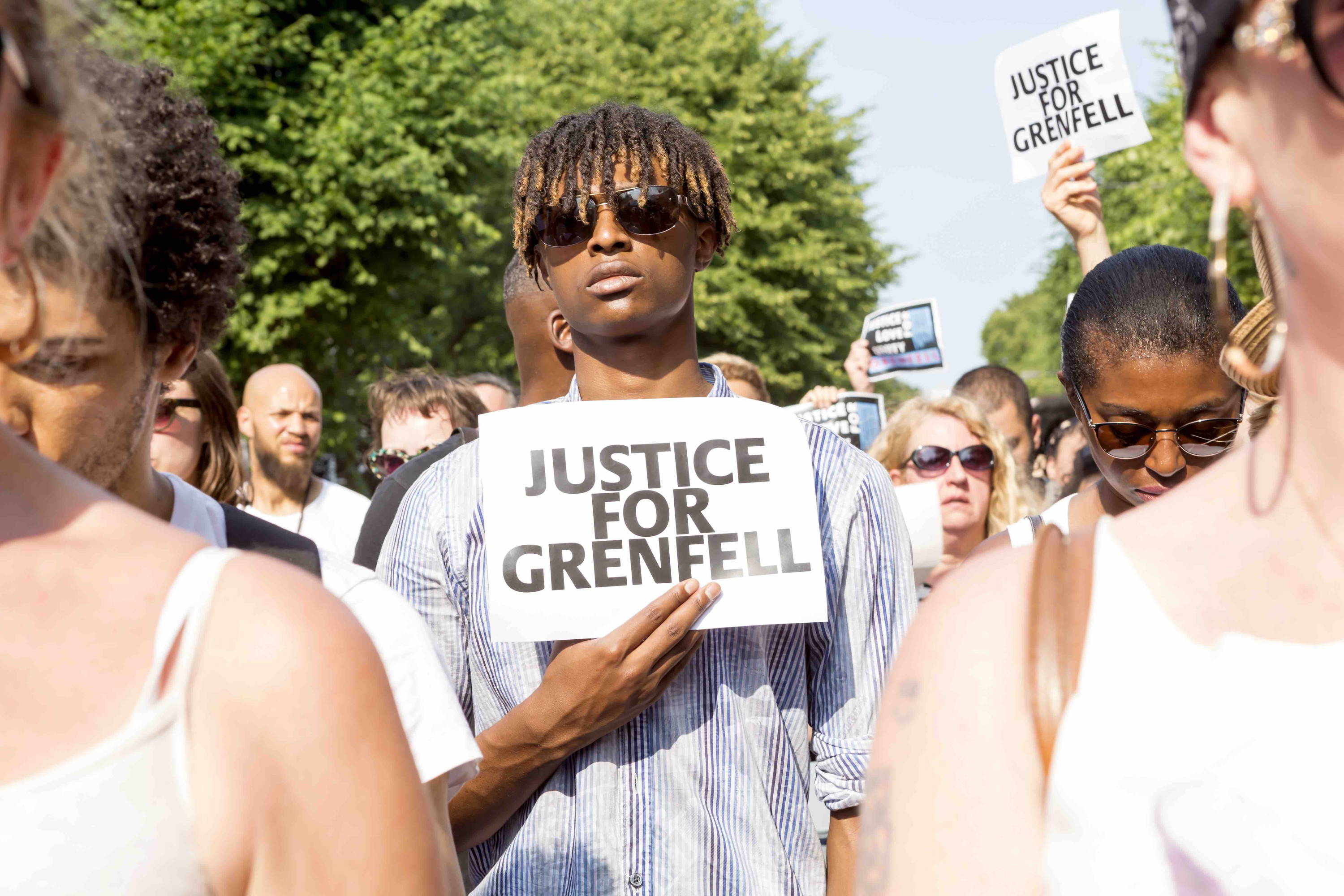
All other images: Shutterstock
Justice for Grenfell – campaign update
The public inquiry into the Grenfell Tower fire is now in the final stages. The government has apologised for failures in the lead-up to the fire, admitting to ‘errors and missed opportunities’ that helped create ‘an environment in which such a tragedy was possible.’
During the recent inquiry, the government said it was ‘deeply sorry’, acknowledging the ‘system failed’ and that it did not know how building regulations were being applied on the ground. The Department for Levelling Up, Housing and Communities (DLUHC) also admitted it failed to properly learn lessons from past tragedies in high-rise buildings, including the 2009 cladding fire at Lakanal House in Southwark, in which six people lost their lives.
Controversially, the government also blamed the construction industry and said the building regulations were ‘sufficiently clear’ for ‘competent professionals’ to apply. It insisted that had they been properly followed, the Grenfell fire could have been prevented.
Support group Grenfell United described the government statement as ‘deeply offensive’ explaining that, ‘We know the government knew about the deadly materials and the consequences but covered up the risks. Let’s see how long their apology stands up against the evidence of the public inquiry in the coming weeks. No one should be exempt from accountability.’
The government’s new Fire Safety Bill means the type of unsafe cladding used on Grenfell Tower must now legally be removed from high-rise buildings. However, an amendment to ensure leaseholders weren’t liable for the massive costs was rejected by MPs, leaving many flat-owners facing financial ruin. The Government will only fund the cost of replacing this type of cladding for leaseholders in residential buildings over 12 metres’ (six storeys) high in England. Buildings between 18 and 30 metres' high are four times as likely to suffer a fire with fatalities or serious casualties than other blocks.
In total, around half a million people still live in a building with some form of unsafe cladding, according to 2020 figures from the Association of Residential Managing Agents (Arma). The UK Government has identified over 460 blocks of flats with dangerous cladding. So far, it has been removed from around half of these, with work underway on the rest. Unless the law changes, many of its leasehold residents will be left bankrupt by the costs.
Like Emma, many have expressed anger that no criminal charges have yet been brought in relation to Grenfell Tower. Police investigating the possibility of manslaughter and corporate manslaughter have indicated that any possible criminal trial is unlikely to start until at least 2022.
For support and campaign updates, visit Grenfell United and Justice4Grenfell. Gold & Ashes is a powerful photobook and outdoor exhibition telling the stories of those who lost loved ones. It was created by Feruza Afewerki, who lost four family members in the fire.
